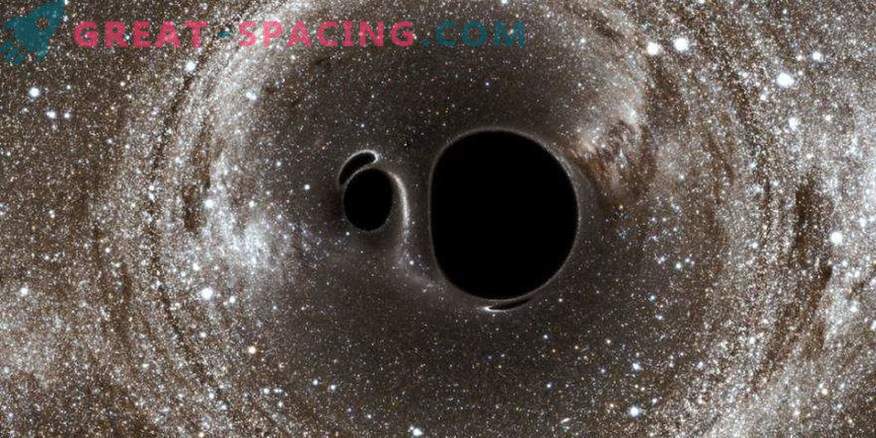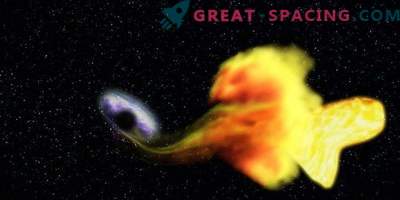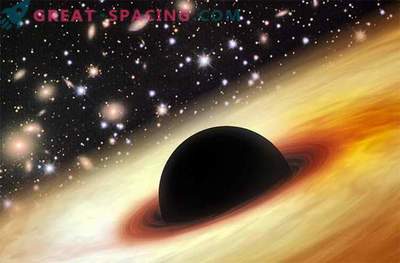
Scientists at the University of Birmingham were able to better understand the process of merging black holes. During the first 4 months of observation of LIGO (laser-interferometric gravitational-wave observatory), gravitational waves from the connection of two pairs of black holes (GW150914 and GW151226), as well as the less significant challenger LVT151012 were detected.
The first confirmation of the finding occurred on September 14, 2015, which proved Albert Einstein's prediction in the general theory of relativity and advanced us to the evolution in space research. But scientists are faced with a problem, because they could not understand exactly how such pairs are formed.
In order for black holes to begin to merge, they must be at close range (by astronomical standards) - no more than one fifth of the distance Earth-Sun. But the massive stars that preceded the LIGO black holes expanded and became larger. Therefore, the task is to place these giants in a small orbit. To do this, developed several scenarios.
Scientists from the University of Birmingham said that all three events could have been formed in one way: a dedicated binary evolution through the phase of the common envelope. That is, two massive stars are initially located at a great distance. With expansion, they begin to interact, transferring mass. As a result, they create a single shell with rapid and chaotic mass transfer, encompassing stellar cores in a dense cloud of gaseous hydrogen. Such an ejection takes energy from the orbit, which is why two stars are approaching. It takes several million years, after which two black holes are formed. Then a break of a billion years is possible, after which they begin the process of merging. Modeling helped to understand the typical composition of the stars that can take part in the process, as well as the places where this is to be expected. For example, if black holes are reunited with a significant margin in the mass of one, then the stars were formed practically only from hydrogen and helium.
“COMPAS (the name of the project) is wonderful because it allows us to combine our observations and reveal the secret of the interaction of black holes,” said study author Simon Stevenson.
“This is a kind of cosmic paleontology,” added Professor Ilya Mandel. - "We will never be directly near the hole, but we can analyze their processes and evolution at a distance, and then predict events."










































